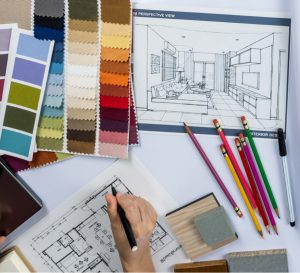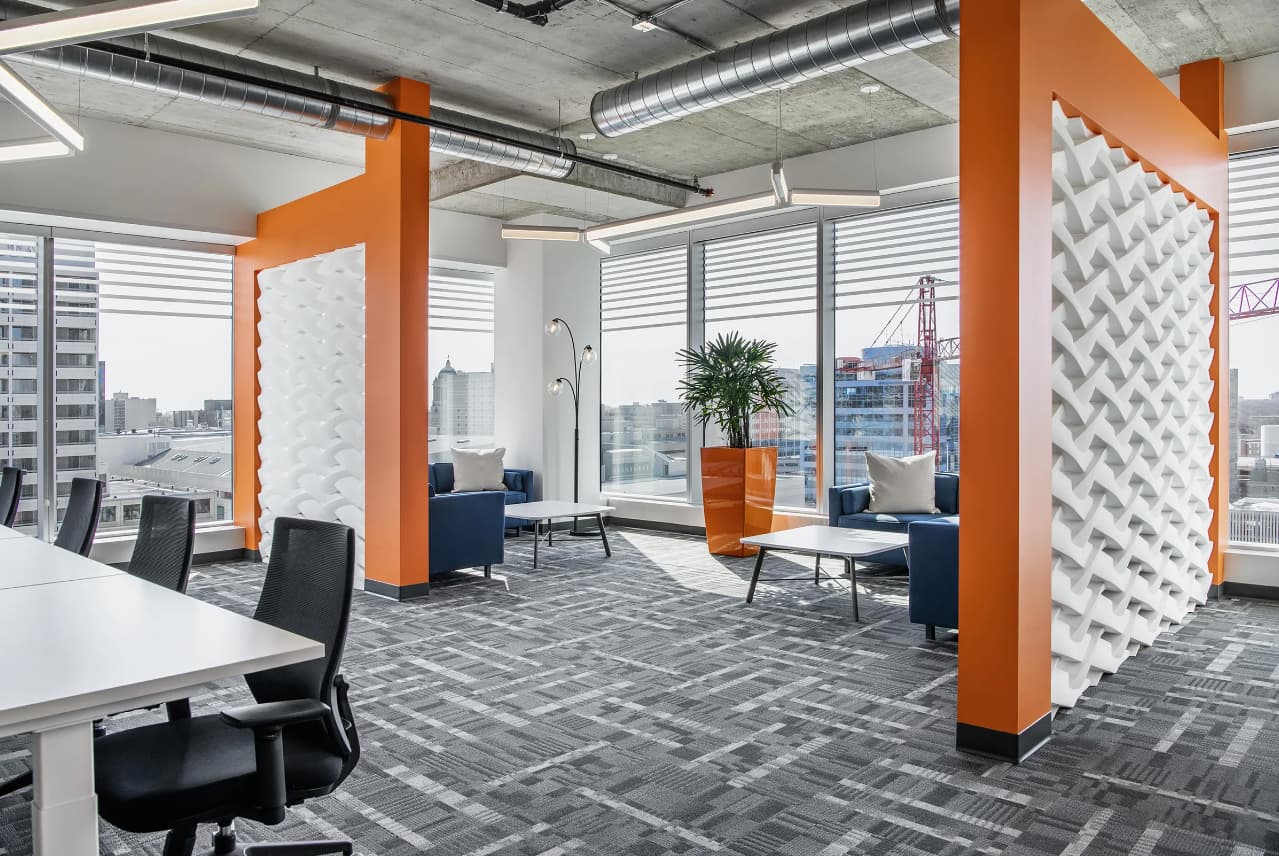This is the first in a three-part series on the differences between Interior Decorators and Interior Designers.
Interior Decorators and Interior Designers each have an important role to play in interior design, even though their skill sets are different. Today, we will look at how they differ from an education standpoint, and how that affects the work that they each do.
Interior Decorators do not require formal education; however, there are organizations and programs that offer certifications and membership to Interior Decorators. While the majority of these are for residential decorating, they still offer valuable information for the work that Interior Decorators do. An Interior Decorator’s job is to showcase your space, and their education, experience, and skillset revolve around that. By understanding color and texture, they can help you get the most out of your space visually.
 Interior Designers do require formal education. Typically, a 4-year degree is required from a CIDA- or FIDER-accredited institution, and there are ongoing education requirements to maintain their Registered Interior Designer status. Interior Designers look beyond aesthetics; they study the behavior of people to understand how the space should be built to best accommodate the user. The job of an Interior Designer is very technical and requires providing construction drawings to accompany their design to ensure the design intent is captured by the people building it. They are also required to ensure any interior space meets the provincial building code, barrier-free requirements, and is both acoustically and ergonomically sound. While the finishes of the space also fall under the purview of an Interior Designer (flooring, paint, lighting, etc.), their job is to ensure those finishes meet the requirements of the user through product knowledge and specifications.
Interior Designers do require formal education. Typically, a 4-year degree is required from a CIDA- or FIDER-accredited institution, and there are ongoing education requirements to maintain their Registered Interior Designer status. Interior Designers look beyond aesthetics; they study the behavior of people to understand how the space should be built to best accommodate the user. The job of an Interior Designer is very technical and requires providing construction drawings to accompany their design to ensure the design intent is captured by the people building it. They are also required to ensure any interior space meets the provincial building code, barrier-free requirements, and is both acoustically and ergonomically sound. While the finishes of the space also fall under the purview of an Interior Designer (flooring, paint, lighting, etc.), their job is to ensure those finishes meet the requirements of the user through product knowledge and specifications.
There is also a junior position available to those wishing to start in the interior design field – Interior Design Technologist. This role requires a 2-year diploma which focuses on technical skills and product specification, as well as basic space planning and understanding the building code.


.jpg)
.jpg)
.jpg)